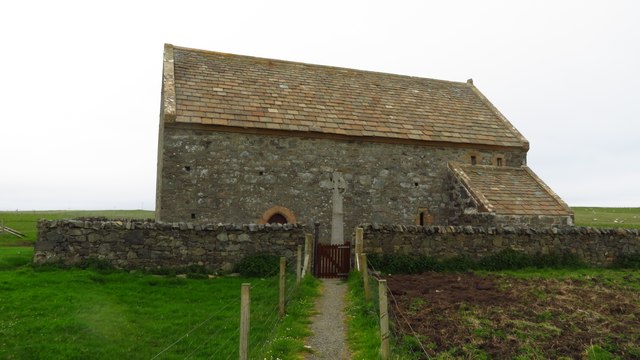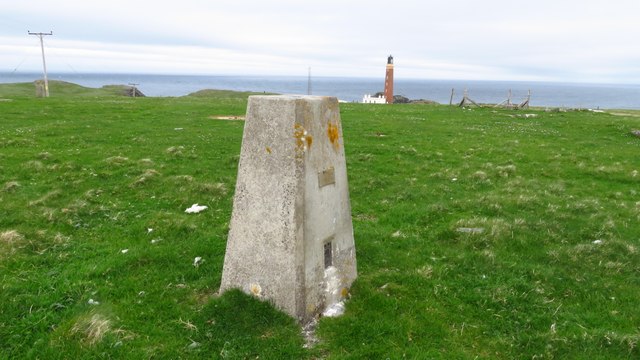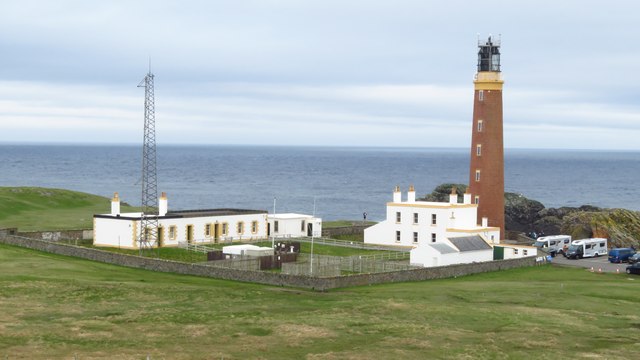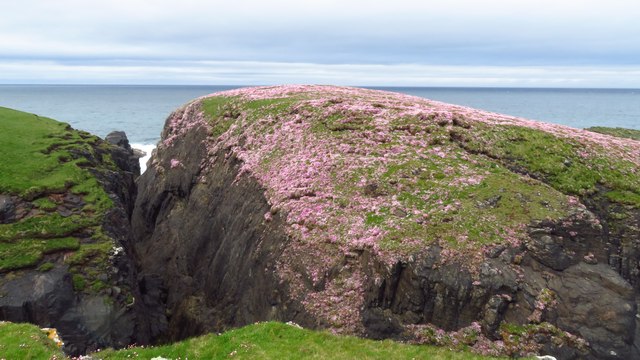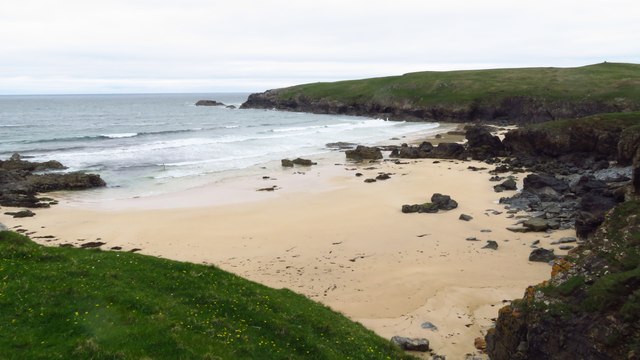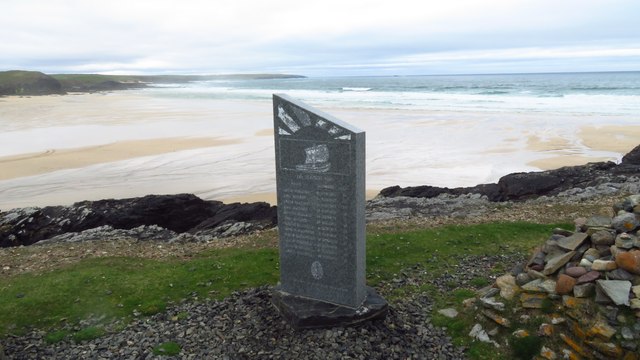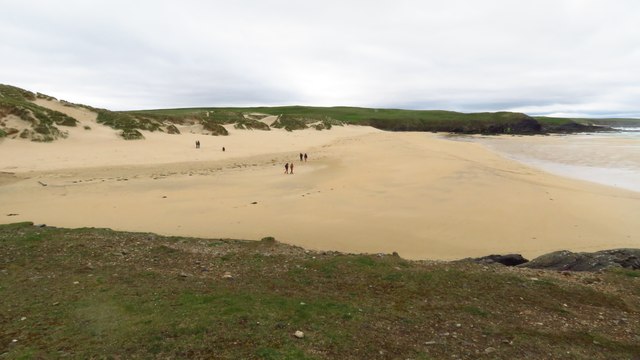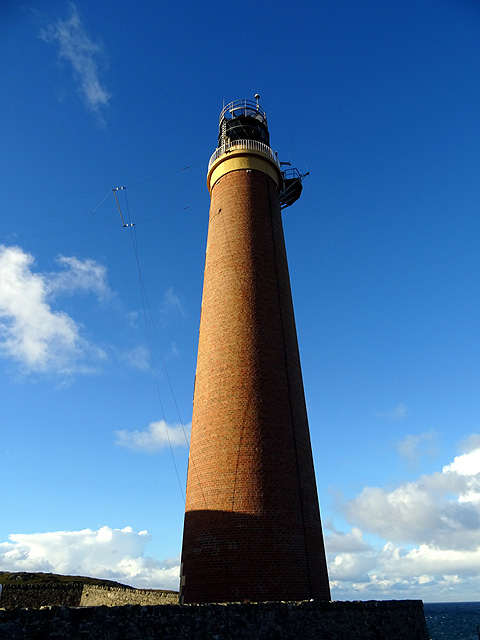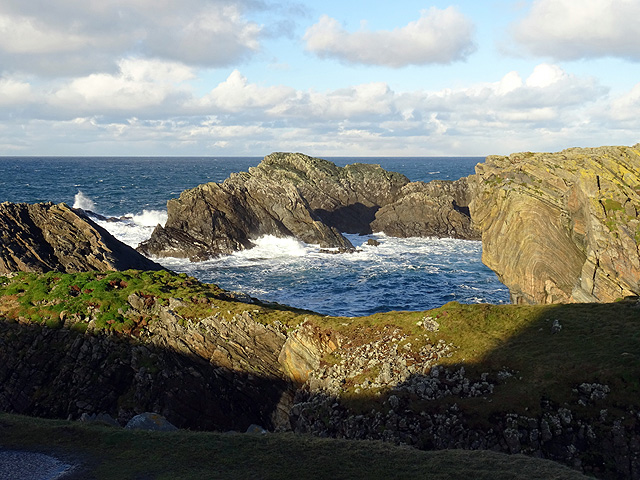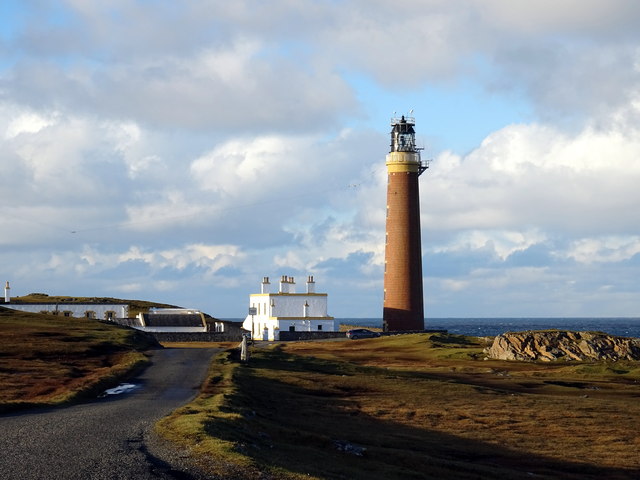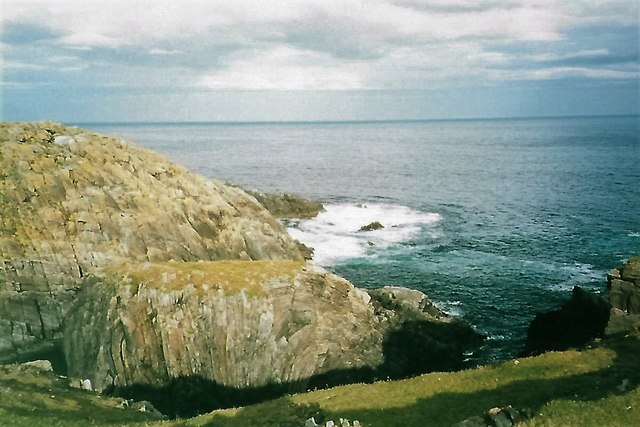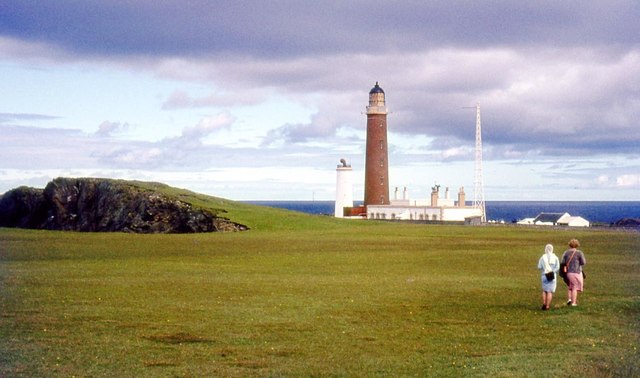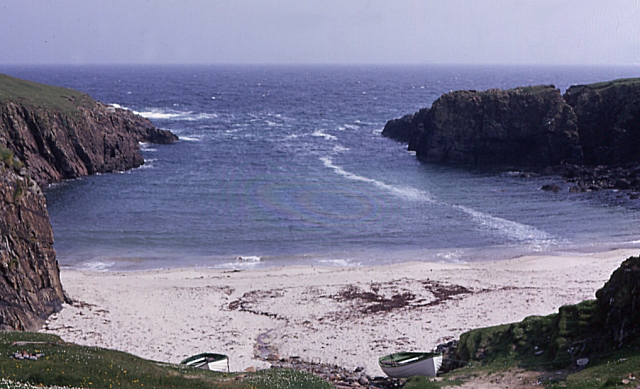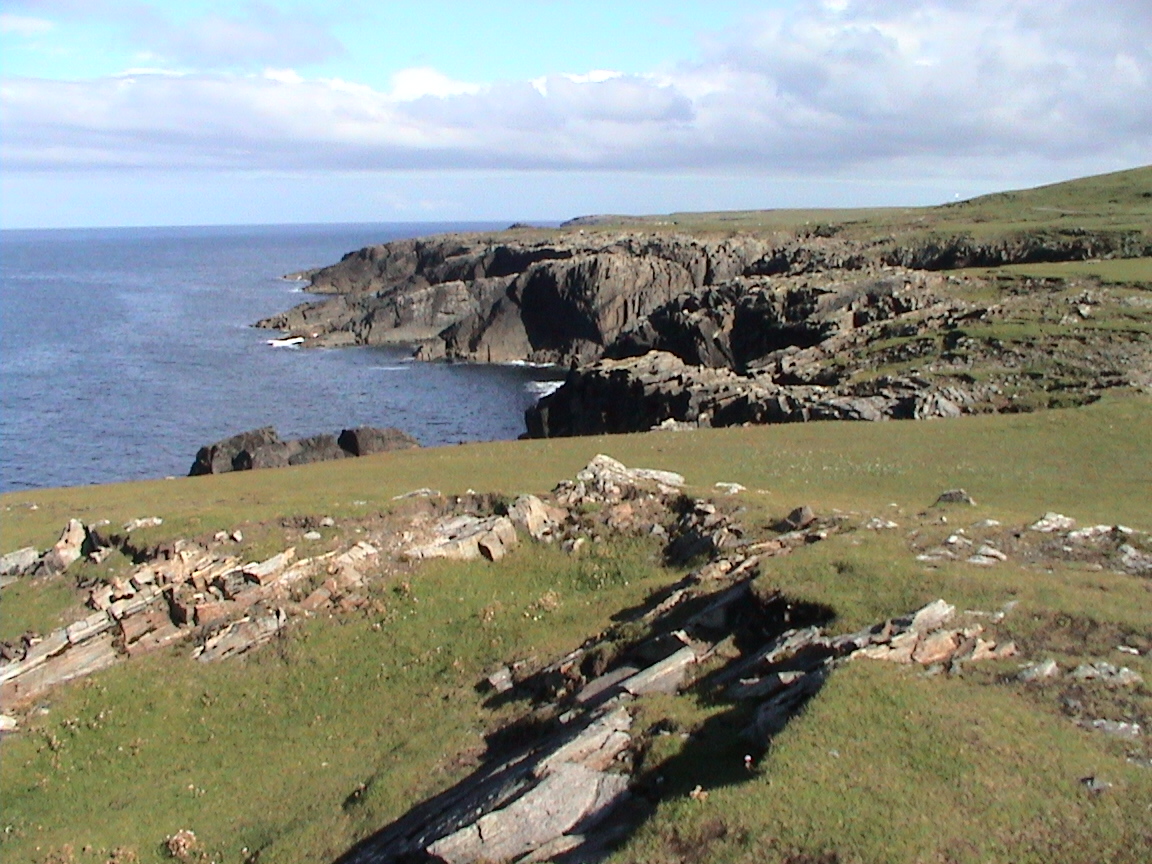Teampall Mholuaidh
Heritage Site in Ross-shire
Scotland
Teampall Mholuaidh
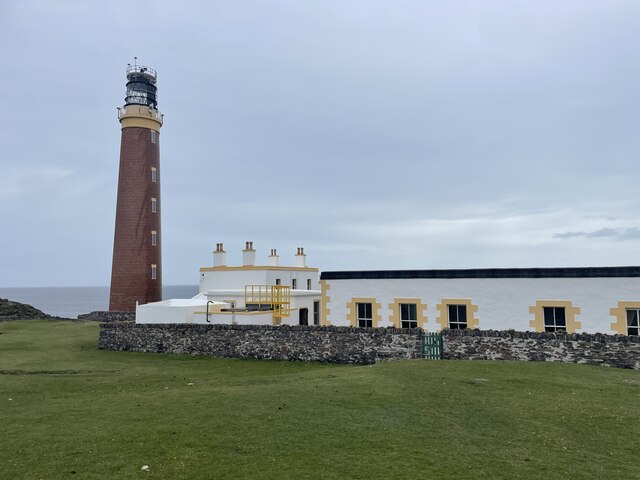
Teampall Mholuaidh, also known as St. Moluag's Chapel, is a historic heritage site located in Ross-shire, Scotland. It is an ancient chapel that dates back to the 13th century and is steeped in rich religious and cultural history.
The chapel is situated on the Isle of Lewis in the Outer Hebrides and is surrounded by picturesque scenery, including stunning views of the Atlantic Ocean. It is believed to have been built on the site of an earlier religious establishment, possibly from the 7th century, making it a site of great archaeological and historical significance.
Teampall Mholuaidh is constructed using local Lewisian gneiss, a type of rock found abundantly in the area. The chapel features a simple rectangular plan, with a narrow entrance and a small window on the west end. The interior of the chapel is modest and consists of a single chamber, with remnants of the original altar still visible.
Visitors to Teampall Mholuaidh can explore the ruins of the chapel and marvel at its architectural features, which showcase the craftsmanship of the medieval period. The site provides a unique insight into the religious practices and traditions of the past.
As a heritage site, Teampall Mholuaidh is protected and preserved by Historic Environment Scotland. It serves as a reminder of the cultural and historical significance of the Isle of Lewis and attracts visitors from around the world who are interested in exploring Scotland's ancient past.
If you have any feedback on the listing, please let us know in the comments section below.
Teampall Mholuaidh Images
Images are sourced within 2km of 58.507/-6.267 or Grid Reference NB5165. Thanks to Geograph Open Source API. All images are credited.

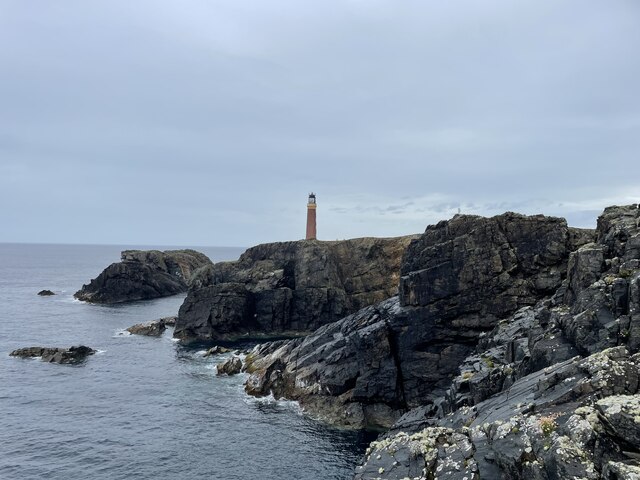
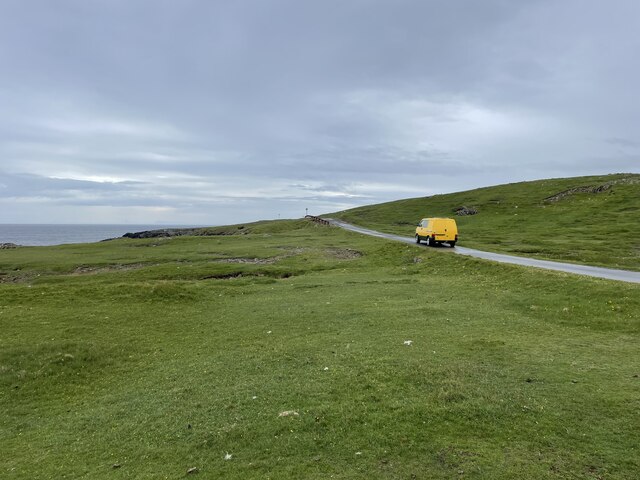
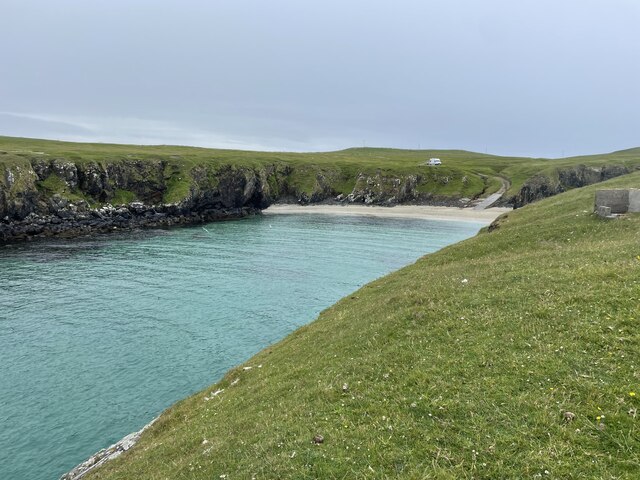
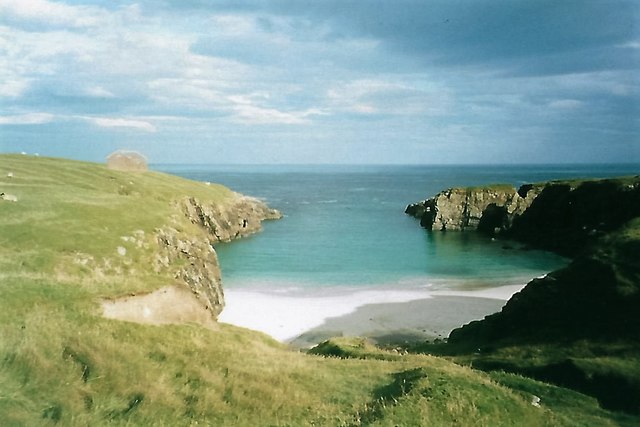
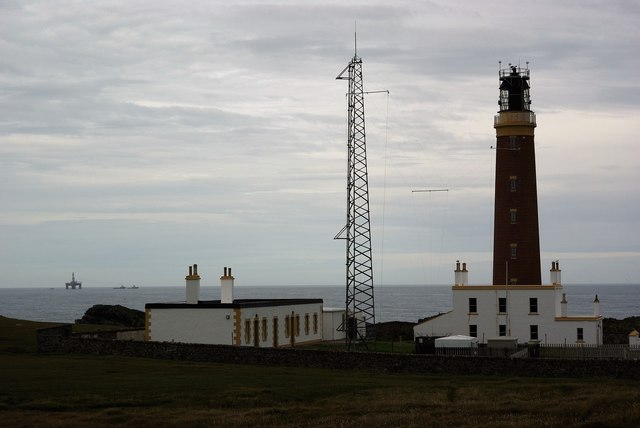
Teampall Mholuaidh is located at Grid Ref: NB5165 (Lat: 58.507, Lng: -6.267)
Unitary Authority: Na h-Eileanan an Iar
Police Authority: Highlands and Islands
What 3 Words
///technical.laser.fired. Near North Tolsta, Na h-Eileanan Siar
Nearby Locations
Related Wikis
Eoropie
Eoropie (Scottish Gaelic: Eòrapaidh) is the most northerly village on the Isle of Lewis in the parish of Ness, in the Outer Hebrides, Scotland. Eoropie...
Teampall Mholuaidh
St Moluag's church (Scottish Gaelic: Teampall Mholuaidh) is a church in the village of Eoropie in Ness in the Isle of Lewis in Scotland. It is one of the...
Port Stoth
Port Stoth, known locally as Stoth and pronounced Stow, is a sheltered inlet just southeast of the Butt of Lewis in the Outer Hebrides, Scotland. It is...
Butt of Lewis
The Butt of Lewis (Scottish Gaelic: Rubha Robhanais) is the most northerly point of Lewis in the Outer Hebrides. The headland, which lies in the North...
Nearby Amenities
Located within 500m of 58.507,-6.267Have you been to Teampall Mholuaidh?
Leave your review of Teampall Mholuaidh below (or comments, questions and feedback).
